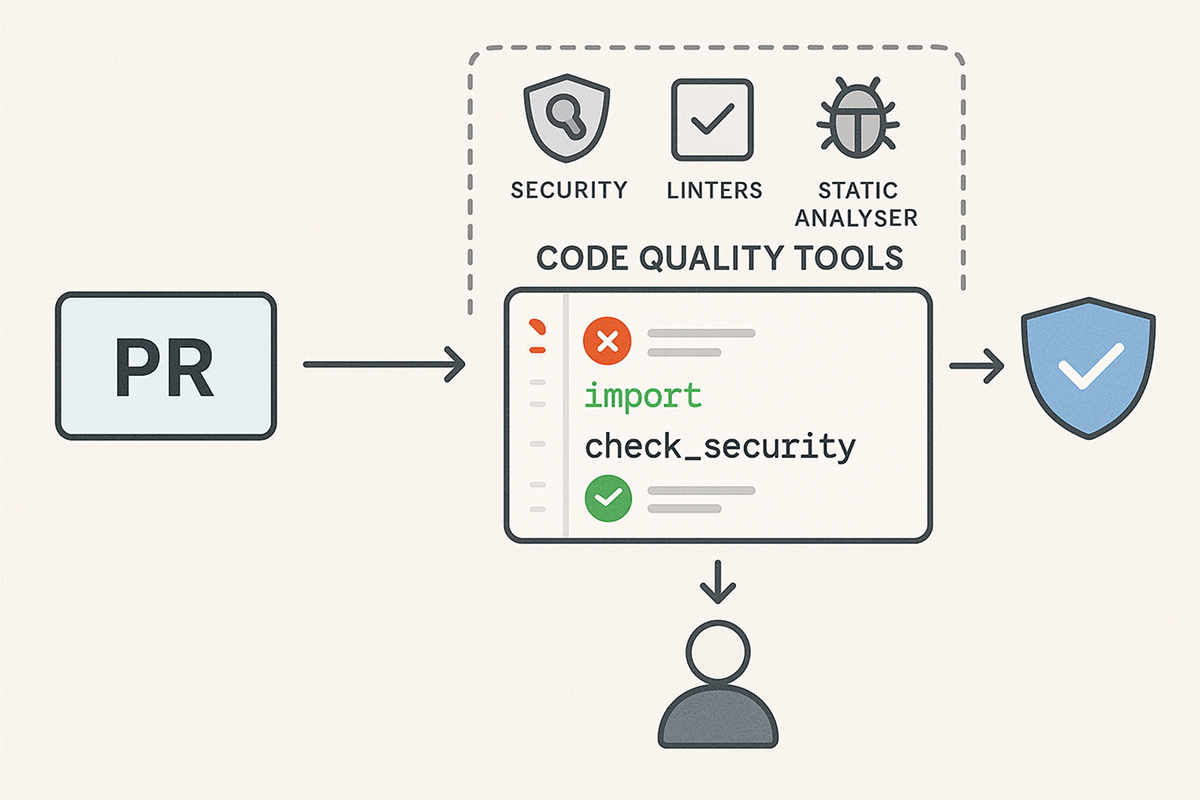How do code reviews contribute to better code quality and team development?
Status
answered
Status
answered
Bugs that reach production cost exponentially more to fix than mistakes caught in a pull request. A disciplined code-review practice stops those defects early and, at the same time, turns every review into a mini-training session that makes the whole team sharper.

With structured inspections detecting roughly 60% of bugs, code reviews remain one of the most effective ways to find defects. Code reviews reveal issues that automated tests miss, such as unclear names, risky edge cases, or needless complexity. Because the fix happens before merge, code quality rises with each approved pull request.
Reading each other’s work spreads domain knowledge, speeds up onboarding, and builds trust. Junior engineers receive fast feedback instead of waiting for annual reviews, and seniors sharpen mentoring skills without scheduling extra meetings. Over time, the team speaks a shared “house style,” which cuts debate and keeps projects moving.
Static analyzers, linters, and security scanners catch obvious mistakes before a human even opens the diff. Integrate these code quality tools into the pull-request pipeline, so failures appear inline, not in a distant log.

Reviewers can then focus on logic and design while the bots handle spacing, imports, and common exploits. Combining human insight with automated code quality tools creates a double barrier that will improve code quality release after release.
Leaders will ask how to measure code quality once reviews are in place. Track a small, clear set of numbers:
These simple metrics provide a clear understanding of how to measure code quality in terms that both engineers and executives can comprehend.
Regular peer reviews remain the most effective and cost-efficient way to improve code quality while building a stronger team. Combine human feedback with the right code quality tools, watch the metrics that show real progress, and you will deliver cleaner features and happier developers every single sprint.
